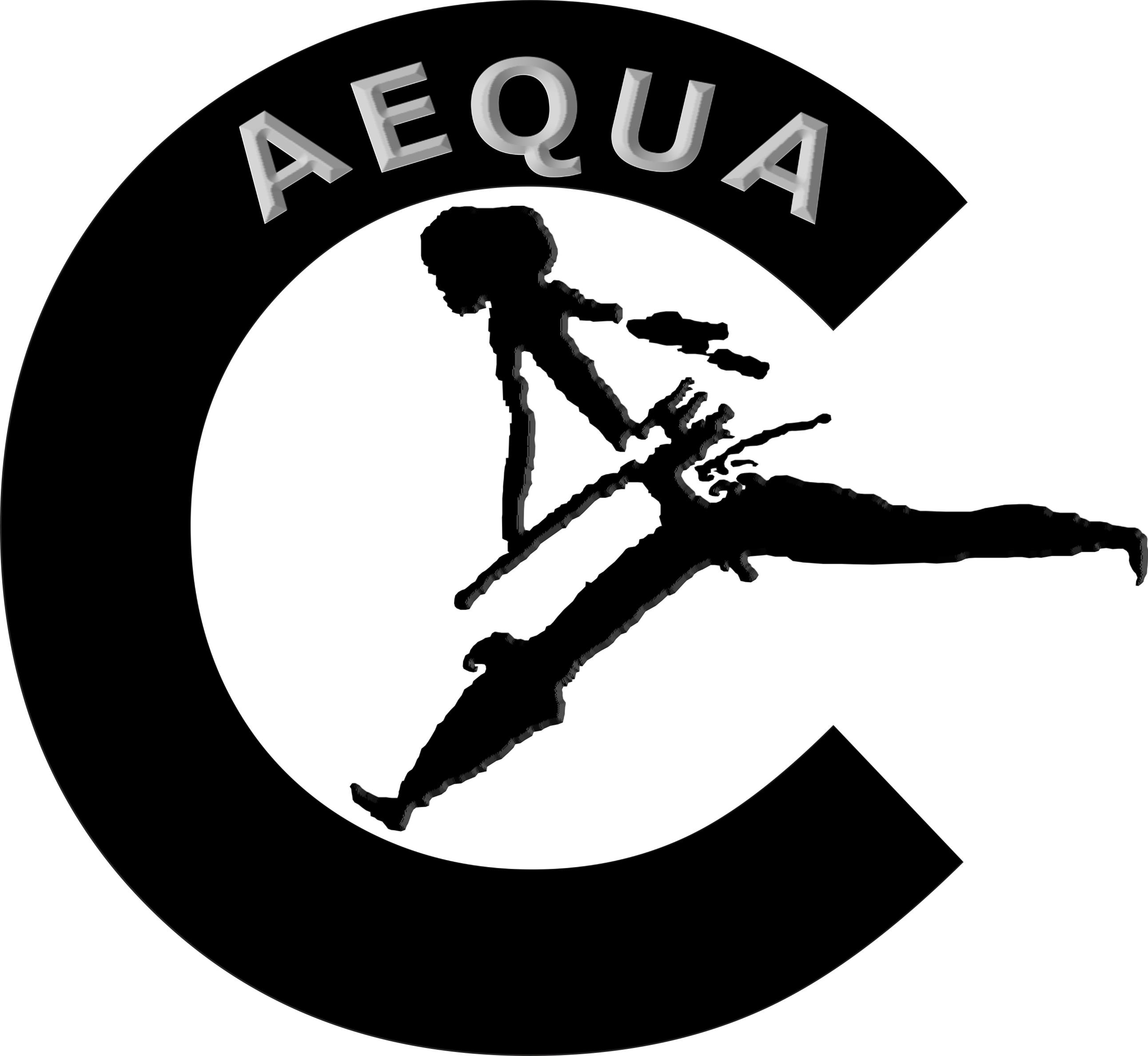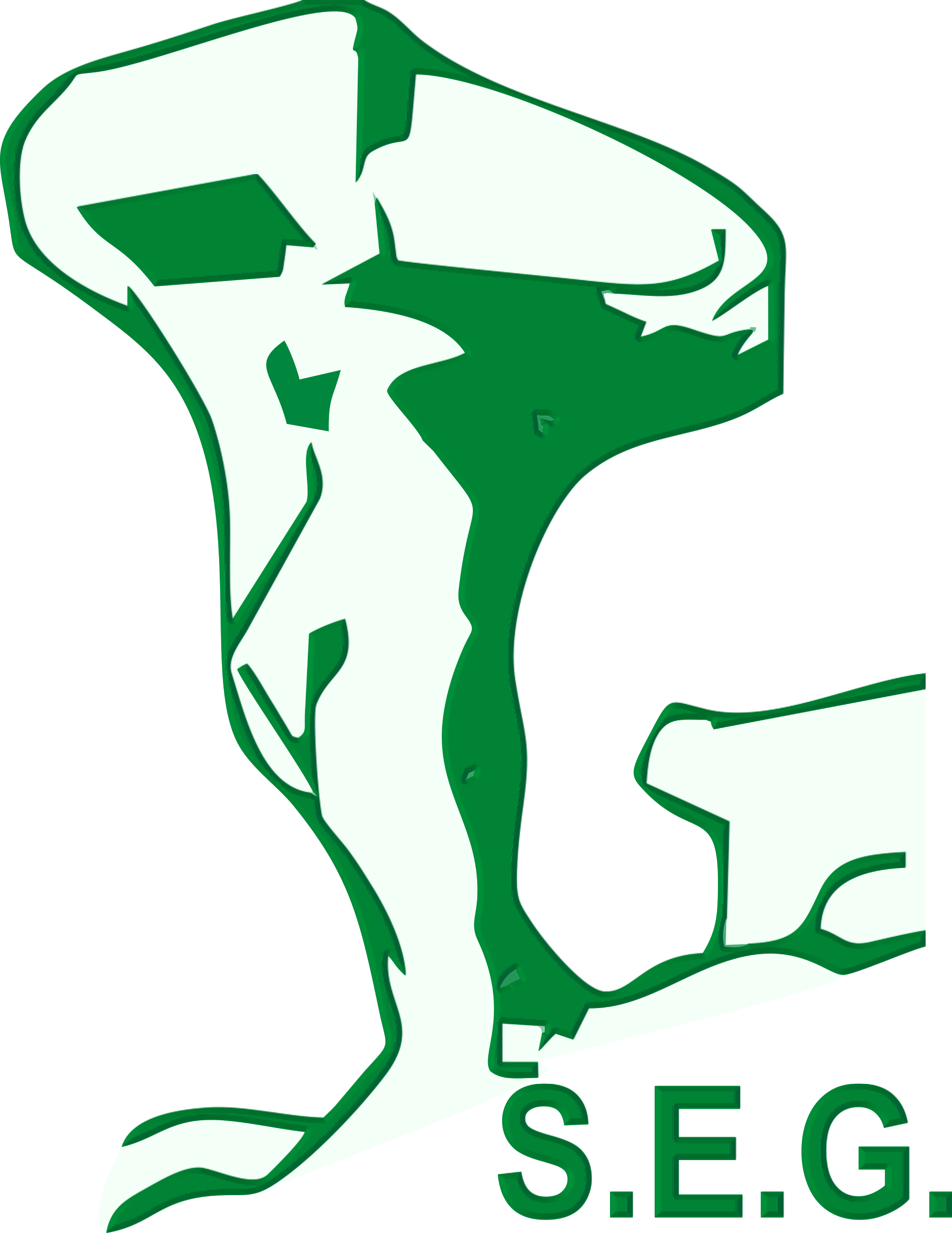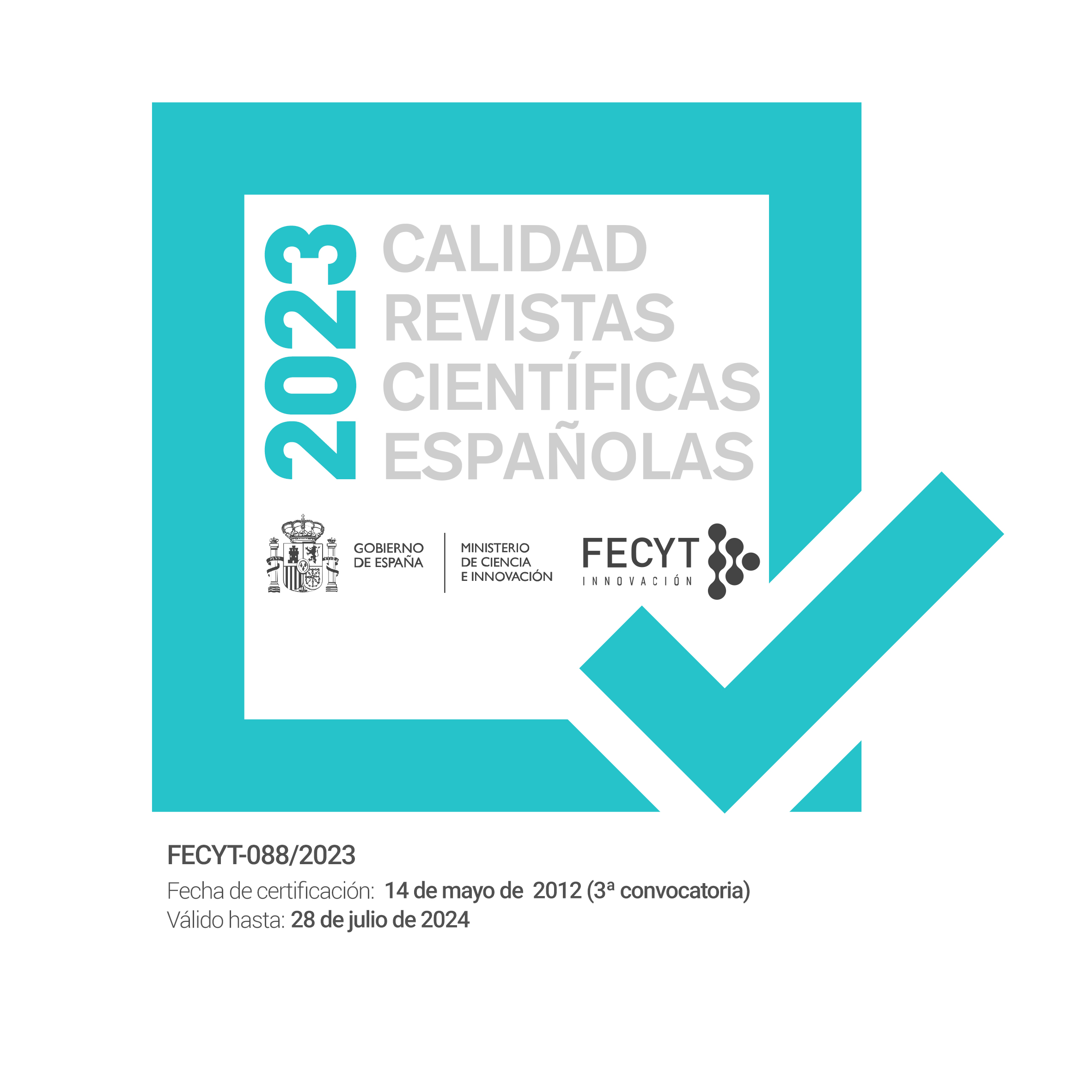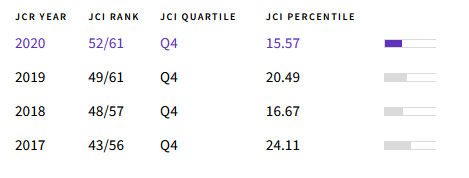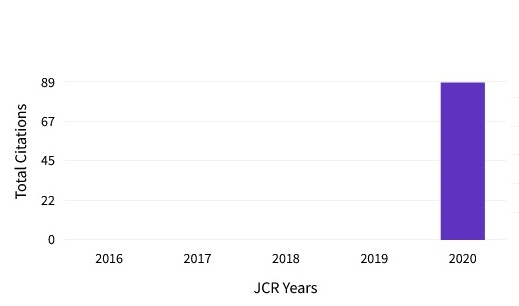La Historia de la Asociación Española para el Estudio del Cuaternario. Parte II: AEQUA en el cambio de siglo (1990 - 2005)
The History of the Spanish Society for Quaternary Research. Part II: AEQUA at the turn of the century (1990 - 2005)
Silva, P.G. (1); Bardají, T. (2); Rodríguez-Vidal, J (3);
(1) Departamento, Geología, Universidad de Salamanca. Escuela Politécnica Superior de Ávila.
05003-Ávila.pgsilva@usal.es
(2) Unidad Docente de Geología, Universidad de Alcalá, Alcalá de Henares, Madrid. teresa.bardaji@uah.es
(3) Departamento de Ciencias de la Tierra, Universidad de Huelva. jrvidal@dgeo.uhu.es
Resumen:
Este trabajo es el segundo de la trilogía sobre la historia de los estudios de Cuaternario en España en relación con el 40 aniversario de la creación de la Asociación Española para el Estudio del Cuaternario, AEQUA. Esta segunda entrega, parte del 2º Congreso de Cuaternario Ibérico celebrado en Madrid en 1989 y resume los acontecimientos más importantes que sucedieron durante las presidencias de Joaquín Rodríguez-Vidal (1990- 1994), Manuel Santonja (1994-1998) y Fernando Díaz del Olmo (1998-2002). Durante este periodo se generan los grupos de trabajo valenciano (1995; GVQ) y de geoarqueología (1996; GAQ), impulsado el primero por Pilar Fumanal (UV) y el segundo por Manuel Santonja (MUSAL) y Alfredo Pérez González (UCM), consolidándose además el grupo andaluz (GAC) como el más numeroso. En 1991 se nombran socios honoríficos a Emiliano Aguirre y Trinidad Aleixandre, quien abandona sus labores de eterna secretaria en 1998, siendo sustituida por Teresa Bardají (UAH). Teresa de presidenta, junto a Elvira Roquero (UPM) de secretaria, forman el tándem que guiará a la asociación durante sus primeros pasos en el siglo XXI (2002 - 2009). A consecuencia del obligado cambio normativo de estatutos en 2003 repiten cargo durante dos periodos consecutivos, aunque en este segundo artículo solo abordamos el primer periodo 2002-2005. En este periodo, hay que lamentar las tristes pérdidas de personajes tan destacados como los Drs. Pilar Fumanal (1998), Manuel Hoyos (2000) o el profesor D. Francisco Jordá Cerdá (2004). Durante el periodo que analiza el presente artículo se celebran las Reuniones Nacionales de Cuaternario de Valencia (1991; P. Fumanal), Madrid (1995; A. Pérez-González), Gerona (1999; L. Pallí Buxó) y Oviedo (2003; A. Rodríguez Asensio) y las Reuniones de Cuaternario Ibérico de Coímbra (1993), Huelva (1997), Lisboa (2001) y finalmente Gibraltar (2005), la última organizada por Clive Finlayson y Joaquín Rodríguez-Vidal en el Museo de Gibraltar. Durante este periodo, también se celebran en España algunas reuniones internacionales, destacando las relacionadas con la INQUA Holocene Comm. (F. Díaz del Olmo, Sevilla) o el programa IGCP-PAGES sobre Cambio Climático (B. Ruiz Zapata, Alcalá). En 1997 AEQUA alcanza su máximo histórico de 419 asociados.
Palabras clave:
Cuaternario, Historia, AEQUA, INQUA, España.
Abstract:
This work is the second of the trilogy on the history of Quaternary studies in Spain in relation to the 40th Anniversary of the creation of the Spanish Association for the Study of Quaternary, AEQUA. This second part starts from the 2nd Iberian Quaternary Congress held in Madrid in 1989 and summarises the most important events that took place during the chairmanships of Joaquín Rodríguez-Vidal (1990-1994), Manuel Santonja (1994-1998) and Fernando Díaz del Olmo (1998-2002). During this period the Valencian Working Group (1995; GVQ) and the Geoarchaeology Working Group (1996; GAQ) were created, the former promoted by Pilar Fumanal (UV) and the latter by Manuel Santonja (MUSAL) and Alfredo Pérez González (UCM). Emiliano Aguirre and Trinidad Aleixandre were named honorary members in 1991, the latter leaving her duties as eternal secretary in 1998, to be replaced by Teresa Bardají (UAH). Teresa as president, together with Elvira Roquero (UPM) as secretary, form the tandem leading the association during its first steps in the 21st century (2002 -2009). As a result of the obligatory change of statutes in 2003, they repeated their posts for two consecutive periods, although in this second article we will only deal with the first period (2002-2005). During this period, we must lament the death of such important figures as Dr. Pilar Fumanal (1998), Dr. Manuel Hoyos (2000) and Professor Francisco Jordá Cerdá (2004). During the period analysed in this article, four National Quaternary Meetings were held in Valencia (1991; P. Fumanal); Madrid (1995; A. Pérez-González); Gerona (1999; L. Pallí Buxó) and Oviedo (2003; A. Rodríguez Asensio) and other four Iberian Quaternary Meetings in Coimbra (1993); Huelva (1997); Lisbon (2001) and Gibraltar (2005), the last one organised by Clive Finlayson and Joaquín Rodríguez-Vidal at the Gibraltar Museum. During this period, some international meetings were also held in Spain, especially those related to the INQUA Holocene Comm. (F. Díaz del Olmo, Seville) or the IGCP-PAGES programme on Climate Change (B. Ruiz Zapata, Alcalá). In 1997 AEQUA reached its maximum number of members affiliated.
Key words:
Quaternary, History, AEQUA, INQUA, Spain.
